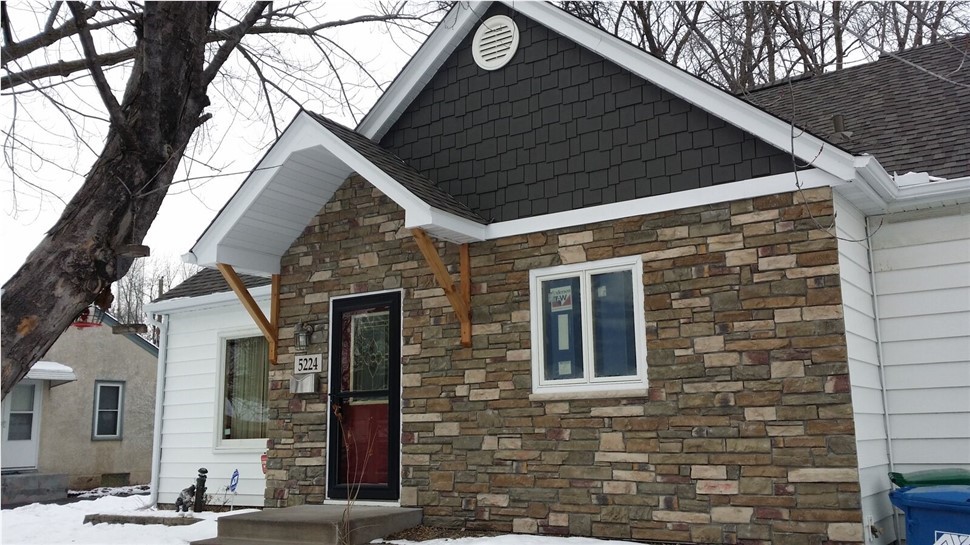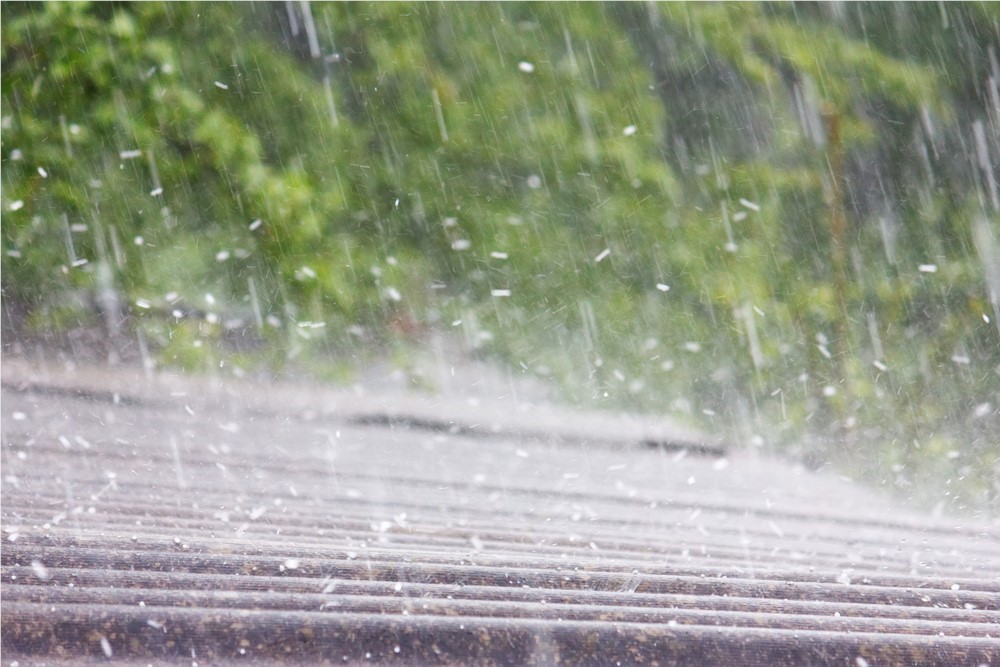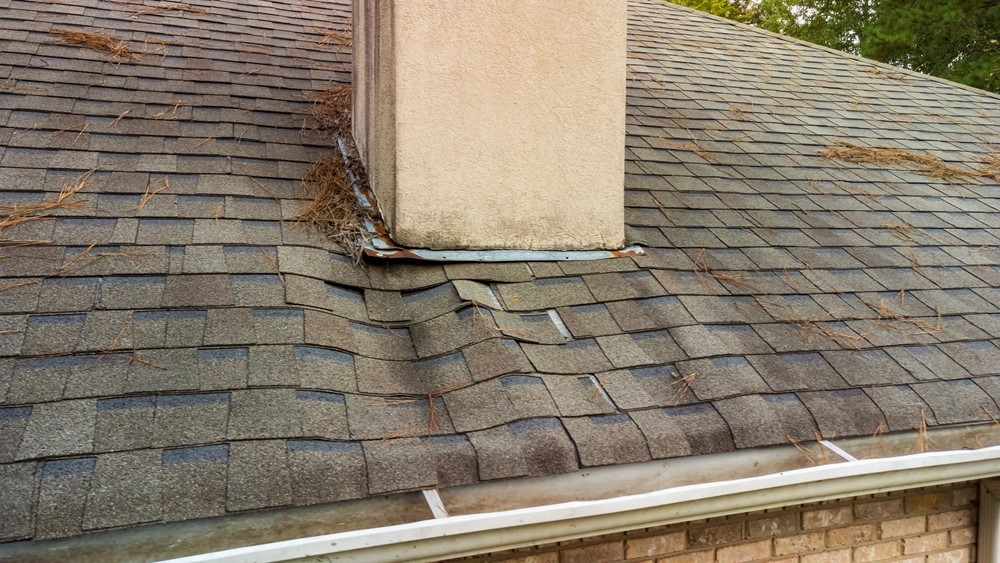 Minneapolis and St. Paul communities are not know for their tropical temperatures, which means that you have to consider the dangers you might find around you. Once again we have cold and snow in the forecast, so you might see icicles growing from roof edges again. With everything from the snow gathering on the roof and in the gutters and ice dams forming on the roof, to the icicles hanging on the eaves, you have to know how to remove them. Here are some of the reasons why you might see icicles on yours. Why Icicles Form On Roof Edges While icicles dripping from the edge of a roof might make a lovely calendar picture, they spell problems for a home, especially the roof. Knowing why they form can help you know what to do to prevent it from happening.
Minneapolis and St. Paul communities are not know for their tropical temperatures, which means that you have to consider the dangers you might find around you. Once again we have cold and snow in the forecast, so you might see icicles growing from roof edges again. With everything from the snow gathering on the roof and in the gutters and ice dams forming on the roof, to the icicles hanging on the eaves, you have to know how to remove them. Here are some of the reasons why you might see icicles on yours. Why Icicles Form On Roof Edges While icicles dripping from the edge of a roof might make a lovely calendar picture, they spell problems for a home, especially the roof. Knowing why they form can help you know what to do to prevent it from happening. - Melting snow from the roof dripping off the side of the home can cause icicles to form. This is because the attic may not have enough ventilation or insulation. Doing a quick check for both by a professional may lead to having some additional work to ensure that this doesn’t happen.
- Debris in the gutters can cause the water from snow melt to pool up in the gutters and re-freeze. Then as more melting snow comes down and hits the blocked gutters, it spills over and freezes, again and again, causing those icicles to increase each time.
- Poor ventilation in the attic can cause not only icicles to form on the side of the home, but also ice dams. These all can cause roof problems in the future that will cost more than if you were to add some ventilation throughout the attic space of your home. Ventilation in the attic is important for so many reasons. While you may think this causes the hot air to escape, it actually helps to keep the home warmer in the winter and cooler in the summer. And keeping the attic cool in the winter will help prevent ice dams from forming.
- Having your dryer vented to the attic space instead of outside can cause the snow on the roof to melt and then refreeze. This causes both icicles and ice dams to form on the roof. They may melt and then freeze over again, which can cause further problems especially if you have a shingled roof. Proper ventilation of the dryer vent should be done when the dryer is installed in your home. Routing it outside is essential; venting warm, moist air into the attic creates a number of other problems as well, including mold development as well as possible gas fumes.
Subscribe to Quarve Contracting's Blog







Comments